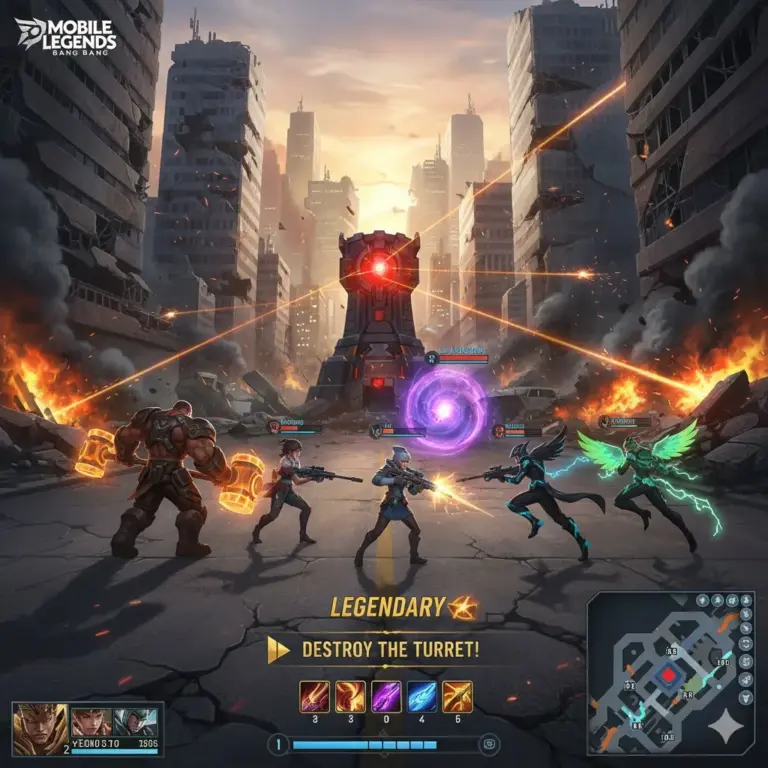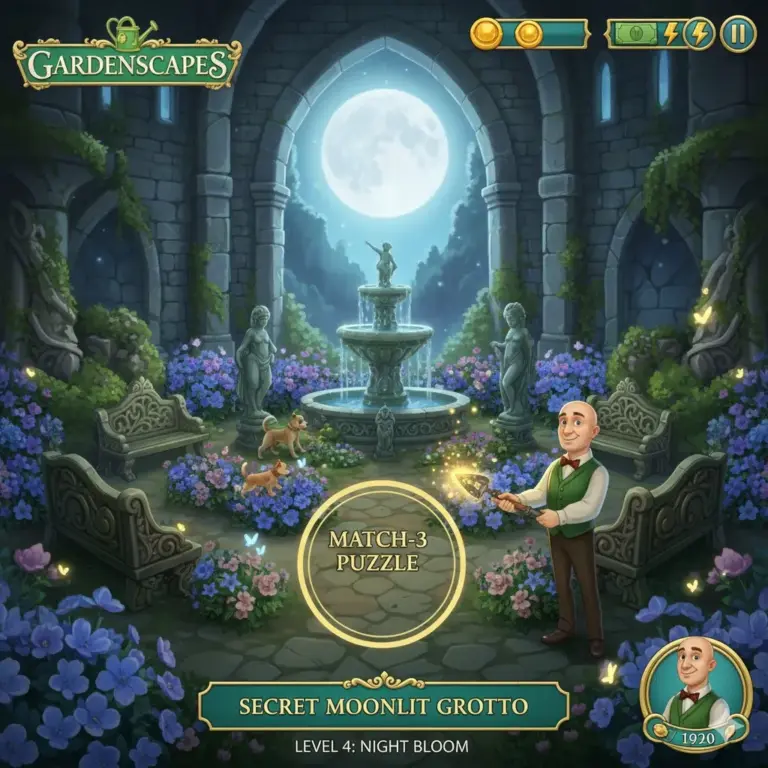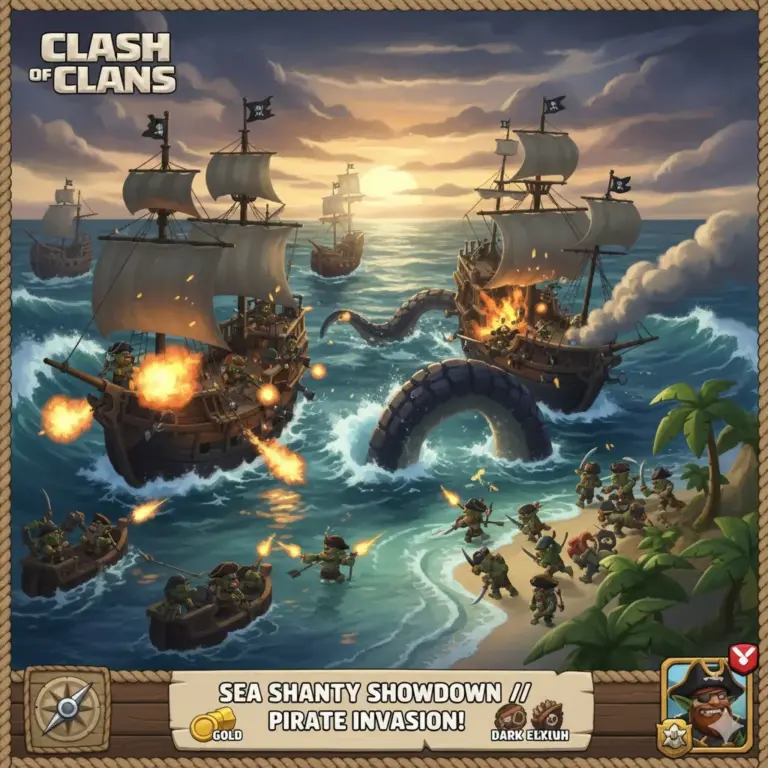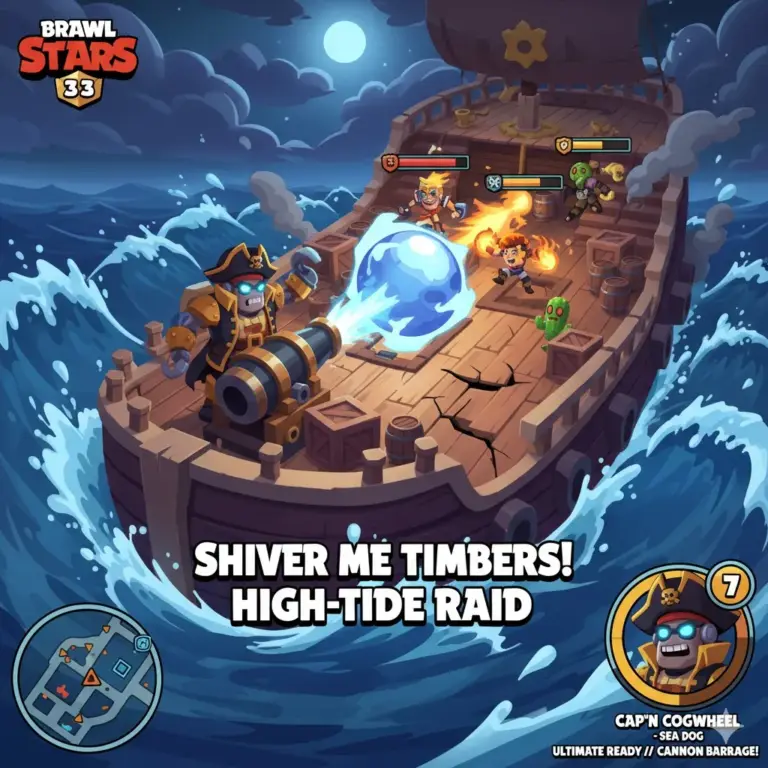Monopoly GO! Review 2025: The Billion-Dollar Phenomenon Explained (And Is It Worth Your Time?)
In the crowded landscape of mobile gaming, a new titan has emerged, rolling the dice and collecting billions at a staggering pace. That titan is Monopoly GO!, a game that has dominated app store charts since its launch. As of 2025, it’s not just a game; it’s a global phenomenon, a casual gaming juggernaut from Scopely that has redefined what a “board game adaptation” can be.
But what is Monopoly GO!? If you’re downloading it expecting a strategic, hour-long session of bankrupting your friends like the classic tabletop game, you must reset your expectations.
This in-depth Monopoly GO! review for 2025 will break down the core gameplay, the “real” game hiding beneath the surface, the masterclass in social engagement, and the billion-dollar controversy that every player must face: the aggressive pay-to-win system.
Is this a game worth your time, or is it just a masterfully disguised cash grab built on nostalgia? Let’s find out.
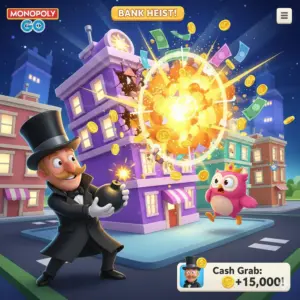
What Is Monopoly GO!?: A Modern Twist on a Classic
At its core, Monopoly GO! is not Monopoly.
Let that sink in. It uses the branding, the art style, the tokens (Scottie dog, racecar, and all), and the iconic board spaces, but it is a fundamentally different game.
Instead, Monopoly GO! is a casual, free-to-play, “dice-and-build” game. Its closest relative isn’t its tabletop namesake but rather other mobile hits like Coin Master. The game is a single-player progression loop cleverly disguised as a multiplayer experience. You don’t “play” against others in real-time; you interact with their game worlds asynchronously.
The objective isn’t to own all the property and bankrupt everyone. The objective is to collect money, build landmarks on your current city-themed board, complete the board, and move on to the next one. It’s a game of perpetual progression, not finite matches.
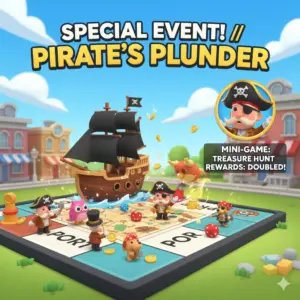
The Core Gameplay Loop: Roll, Build, Repeat
The moment-to-moment gameplay is deceptively simple, designed for short, frequent bursts of play.
1. The Roll (The Energy Mechanic)
Everything in Monopoly GO! is dictated by Dice Rolls. This is your primary resource, your “energy” in free-to-play terms. You are given a set number of dice that regenerate slowly over time (e.g., one die every few minutes).
You tap a button to roll, your token moves, and you trigger an effect based on the space you land on. You can also use a multiplier (x1, x5, x10, x100, etc.) to spend more dice per roll, thereby multiplying the rewards (and event points) you receive. Mastering when to use this multiplier is the game’s only real “strategy.”
2. The Build (The Progression)
As you move around the board, you primarily collect Money (M). This money is used for one thing: upgrading the five unique Landmarks on your current board. Each board is a new “city” (e.g., New York, London, a fantasy world).
Once you upgrade all five landmarks to their maximum level, your board is complete. You are then whisked away to the next board, your money is reset (partially), and the loop begins anew. This is the main progression path of the game.

3. The “Social” Interaction: Shutdowns and Bank Heists
This is where the Coin Master DNA shines through and where the “multiplayer” aspect lives.
- Railroads (Shutdown): Landing on one of the four railroad spaces allows you to attack another player’s board. You are presented with three of their landmarks and must guess which one to “Shut Down.” A successful hit damages their landmark (which they must pay to repair) and awards you money and event points.
- Utilities / Special Spaces (Bank Heist): Landing here triggers a “Bank Heist.” You are taken to another player’s bank and must tap cards to find three matching icons (Small, Large, or Mega Heist). This allows you to steal a significant chunk of their on-hand cash.
This loop—attacking and stealing from friends and strangers—is the game’s primary social driver. It creates playful rivalries and a constant need for a “Shield” (a defensive item) to protect your own landmarks from shutdowns.
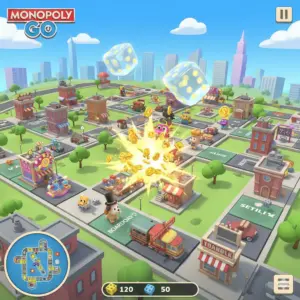
The ‘Real’ Game: Events, Tournaments, and Sticker Albums
If the “Roll, Build, Repeat” loop sounds shallow, that’s because it is. The real game, the one that has captivated millions and generated billions, is the meta-layer of events and collections.
This is where Scopely’s genius in player engagement and monetization truly lies.
The Endless Cycle of Events
At any given time, there are usually two or three events running simultaneously:
- Top-Bar Milestone Event (2-3 days long): This event rewards you for landing on specific “pickup” spaces scattered around the board. As you collect points, you unlock a long track of milestones, rewarding you with dice, money, sticker packs, and other currencies.
- Side-Bar Tournament (1-2 days long): This is a competitive leaderboard. You earn points only from Shutdowns and Bank Heists. Players are grouped (often deceptively) and compete for the top spots, which grant massive rewards like thousands of dice and rare sticker packs.
These events are the true objective. The core “build” loop is just the vehicle you use to complete the events. Players log in, burn their dice trying to hit event-specific tiles, and compete in tournaments to win… more dice. It’s a self-perpetuating loop.
The Sticker Album Phenomenon
This is arguably the single most brilliant and addictive mechanic in Monopoly GO!.
Every few months, a new Sticker Album is released. This is a virtual binder with 20+ sets, each containing nine unique stickers. These stickers are earned by playing the game, completing events, and opening sticker packs.
Why is this so addictive?
- Massive Rewards: Completing a set gives you dice and money. Completing the entire album gives you a colossal reward: 10,000+ dice, a huge sum of cash, and an exclusive, highly-coveted player token.
- Rarity and “Gacha”: Stickers have star ratings (1-5 stars). 5-star stickers are incredibly rare. Even rarer are Gold Stickers, which are identical in appearance but cannot be traded freely.
- The Trading Ecosystem: This is the key. The game allows you to trade your duplicate non-gold stickers with friends. This feature has spawned a massive community outside the game on platforms like Discord and Facebook, where tens of thousands of players barter, beg, and trade to complete their albums.
- FOMO (Fear of Missing Out): The albums are timed. When the 90-day season ends, the album disappears, and all your stickers are gone. This creates a frantic, season-long race to the finish line.
Partner Events
As if that weren’t enough, Scopely layers on collaborative “Partner Events” (e.g., building a car, baking a cake). You must partner with four other players and work together by spinning a wheel (using a special event currency) to build your shared objective. This fosters a sense of community and, more cynically, a social obligation to be an “active” player who contributes their share.
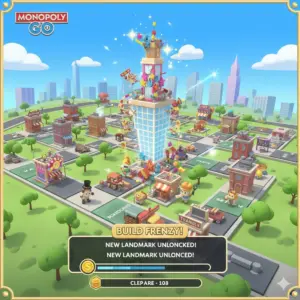
The Billion-Dollar Question: The “Pay-to-Win” Controversy
We cannot have an honest Monopoly GO! review without addressing the elephant in the room: the monetization.
Is Monopoly GO! free-to-play? Yes, you can download and play it without spending a dime. Is Monopoly GO! pay-to-win? Yes, it is one of the most aggressively pay-to-win (P2W) games on the market.
The entire game is balanced around a single bottleneck: Dice. You will run out of dice. You will run out fast. Your free regeneration is painfully slow. The only way to really compete and progress is to get more dice.
How do you get more dice?
- Wait (slow).
- Complete events (requires dice).
- Win tournaments (requires a lot of dice).
- Buy them.
The in-game store is a masterclass in psychological pricing, “flash deals,” and limited-time offers. It constantly barrages you with pop-ups for bundles of dice, money, and sticker packs.
A free player might log in, roll 80 dice, and be done in three minutes. A paying player (“whale”) can buy 10,000 dice, put the game on auto-roll with a x100 multiplier, and complete entire events and tournaments in one sitting.
The gap between a F2P player and a P2W player is not a gap; it’s a chasm. This is most evident in the tournaments. It is physically impossible for a F2P player to compete for the top spots against players who are spending real money to fuel their rolls.
Final Verdict: Who Is Monopoly GO! Really For?
Monopoly GO! is a game of two halves. On one side, it’s a polished, charming, and deceptively simple casual game that uses a beloved IP to perfection. On the other, it’s a ruthless, psychologically-tuned monetization machine designed to exploit FOMO and addictive collection mechanics.
The “gameplay” is shallow, repetitive, and almost entirely luck-based. The engagement systems, however, are S-tier. The event structure, the community-driving sticker albums, and the social “drama” of shutdowns are all masterfully crafted to keep you coming back.
You should play Monopoly GO! if:
- You enjoy Coin Master or other casual “builder” games.
- You are a collector who loves the “gacha” thrill of opening packs (stickers).
- You have a group of friends who want a simple, light-hearted social game.
- You have incredible self-control and can ignore all monetization pop-ups.
You should AVOID Monopoly GO! if:
- You are looking for a strategic game or a faithful Monopoly adaptation.
- You have a “completionist” or addictive personality.
- You hate pay-to-win mechanics and aggressive monetization.
- You dislike games that rely on energy systems (dice).
Monopoly GO! is less of a “game” and more of a “habit.” It’s a brilliantly designed product that understands modern mobile engagement better than almost any other. Whether that’s a good thing or a bad thing is entirely up to the player.
Final Score:
- Gameplay: 2/5 (Shallow, repetitive, 99% luck)
- Graphics & Sound: 4/5 (Polished, charming, and nostalgic)
- Engagement & Longevity: 5/5 (A masterclass in events and collection)
- Monetization: 1/5 (Extremely aggressive and pay-to-win)
